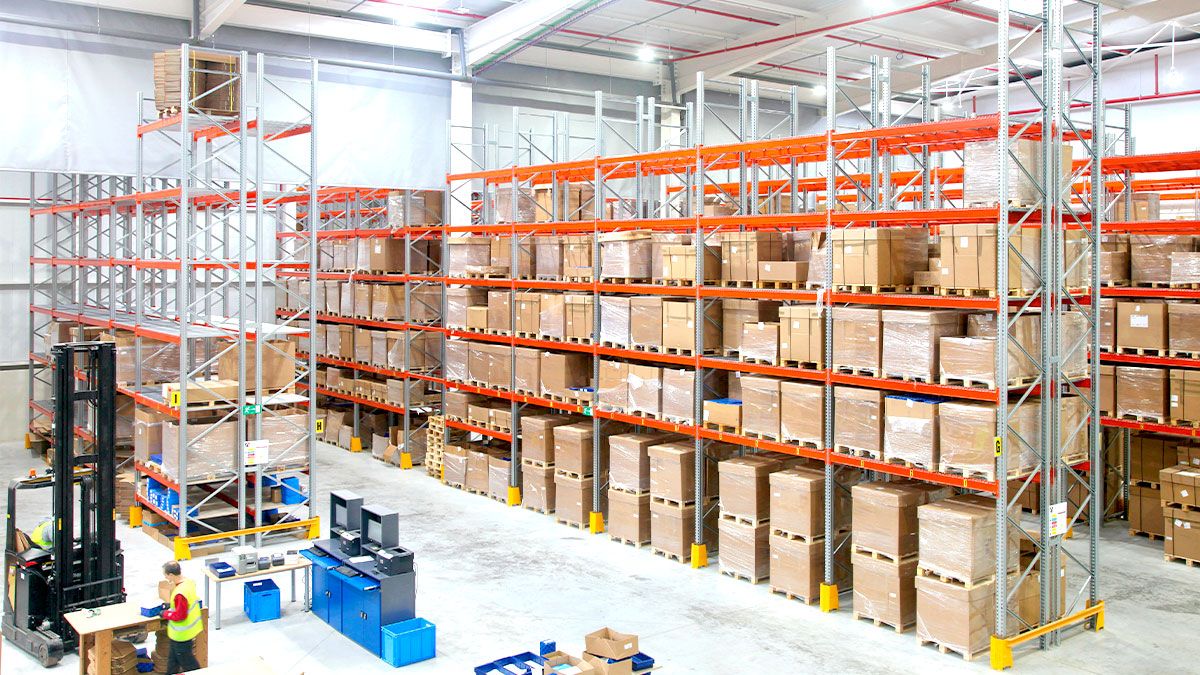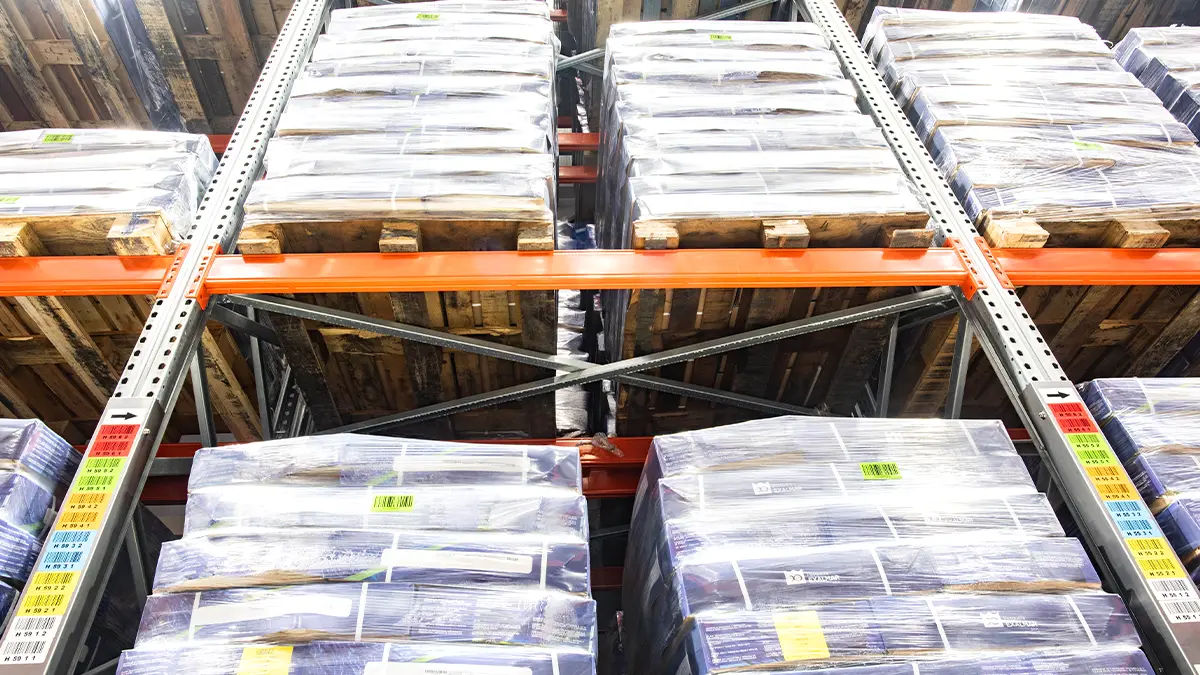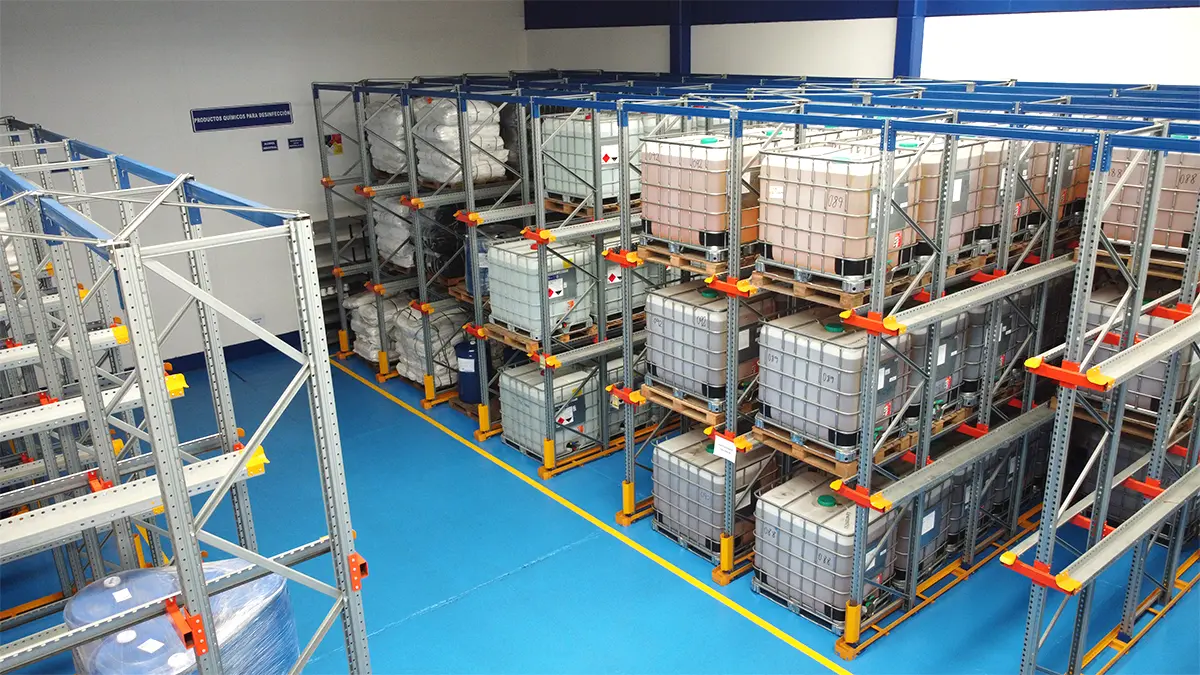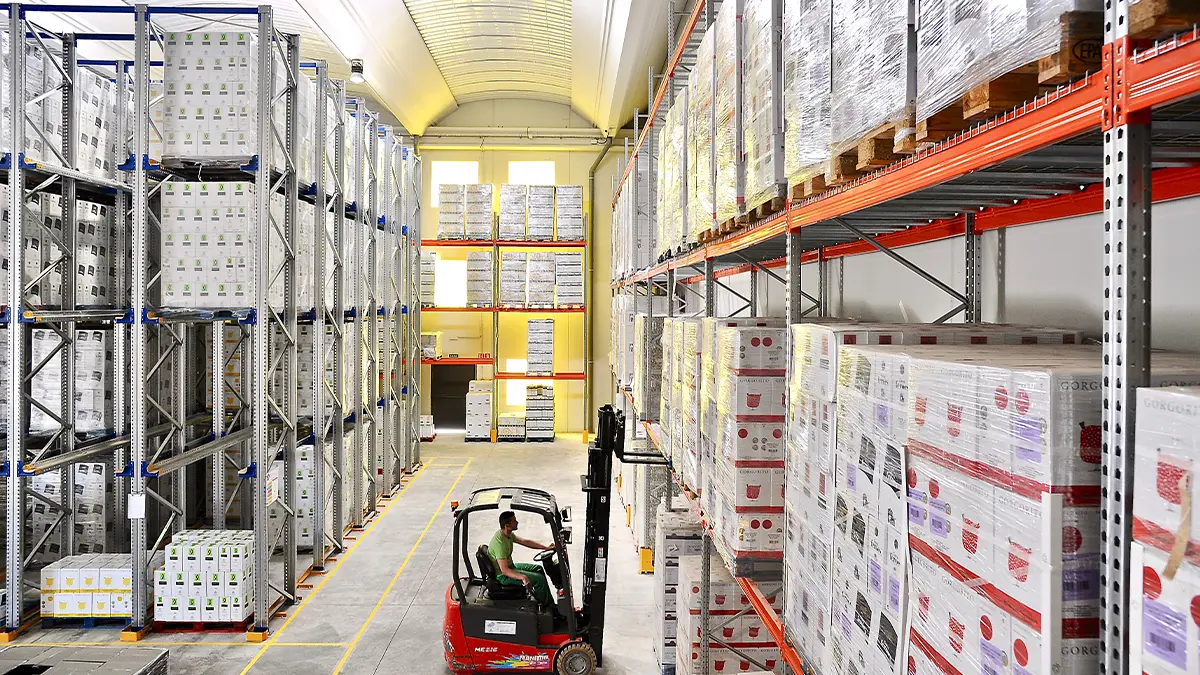Last mile delivery is understood as the delivery of goods to the final destination indicated by customers, that is, the final journey to be made in the delivery of the product. It is a very important phase as it affects costs and final customer satisfaction.
Difficulties faced in last mile delivery
This step takes place from the moment the package or product leaves the last distribution point (warehouse) until its arrival at the place of delivery; it is the final and most important phase of the entire delivery process and the one that presents the most complications. The combination of various internal and external factors makes last mile delivery a challenge for companies, in particular the following:
- By this we are referring to the traffic of urban areas, traffic jams, loading and unloading times, areas with difficult access...
- Inefficient delivery routes. Often warehouses are located outside of cities, so reducing distances and planning routes in advance is essential to ensure proper delivery.
- It is a very costly process. The goal is always to deliver the order to the customer as soon as possible and free of charge. Therefore, any inefficiency in the process significantly increases costs, including fuel, and reduces the company’s performance.
How has last mile logistics evolved in recent years?
In recent years last mile logistics has undergone major evolution and transformation. The rise of e-commerce and the change in consumer preferences have been the main drivers of this evolution. Here are some of the major changes and trends in last mile logistics in recent years:
Greater focus on customer experience
With the growth of e-commerce, customers expect fast and reliable delivery times, as well as flexible delivery options. To meet these expectations, logistics providers have been investing in technologies such as real-time tracking, RFID technologies and dynamic routing, which provide greater visibility and control over the delivery process.
Use of technology
Technology has been a key driver of innovation in last mile logistics. For example, companies are increasingly using drones, robots and autonomous vehicles for last mile delivery, as well as technologies like artificial intelligence and machine learning to optimise delivery routes and improve efficiency.
Growth of crowdsourcing
Crowdsourcing involves using a network of independent contractors to make last mile deliveries. Some companies have entered the delivery market, allowing individuals to earn money by completing deliveries using their own vehicles.
Development of urban logistics
As more people move to urban areas, logistics providers have been developing solutions for last mile delivery in dense urban environments. These solutions include the use of smaller vehicles and bicycles, as well as the development of micro-distribution centres located closer to customers.
In general, last mile logistics has evolved rapidly in recent years, with a focus on improving the customer experience, leveraging technology, and developing innovative solutions to meet the challenges of urban delivery.

Why is last mile logistics so costly?
This stage is often the most expensive and complex part of the supply chain, with a variety of factors contributing to its high costs.
One of the reasons for the high cost of last mile logistics is the need for specialised equipment and vehicles. This includes trucks or vans that are designed to navigate congested urban areas and deliver goods to homes. These vehicles often require specialised maintenance and driver training, adding to the overall cost.
Another factor that contributes to the high cost of last mile logistics is the need for speed and flexibility. Consumers expect fast and reliable delivery times, requiring logistics companies to maintain an extensive network of delivery personnel and routes. This often means paying higher salaries and benefits to attract and retain qualified delivery personnel.
Finally, the rise of e-commerce has created increased demand for last mile logistics, as consumers increasingly expect delivery options that are convenient and flexible. This has resulted in a higher volume of shipments, which can be difficult and expensive to manage.
In general, last mile logistics is a complex and costly stage of the supply chain which requires specialised equipment, skilled personnel, and a focus on speed and flexibility to meet the expectations of today’s consumers.

Solutions and alternatives to optimise last mile delivery
Reduce the distance between the warehouse and the customer.
In this case, the location of where to install the warehouse must be considered to reduce the distance to the consumer, particularly for small orders and fast delivery. And, also, to reduce fuel consumption, transport costs and help protect the environment.
Optimise and plan delivery routes.
To reach the delivery point, it is necessary to identify the most efficient and fastest routes which depend on factors such as traffic jams, closed streets and roadworks so as to solve all this beforehand. It is important to find a way to monitor traffic in real time and be able to notify it instantly so as not to affect the route and delivery times. For this reason, the driver can be notified of any unforeseen event with the use of appropriate technology.
Notify the customer of shipment updates.
We must not forget that last mile delivery is the decisive phase for customer satisfaction and loyalty, so providing them with the option of being able to track the status of the shipment throughout the delivery process is a way of conveying transparency and generating consumer confidence.
Use of alternative collection points or smart lockers.
For small orders, the use of this type of method prevents the carrier from making failed deliveries if the customer is out. Likewise, it is increasingly common to see lockers in shopping centres, large establishments and even in apartment blocks. In this way the customer knows where their order is and can go and collect it whenever they want.
Evaluate and analyse the data obtained from last mile delivery.
Once the process and delivery of the product have been completed, the results obtained must be evaluated and assessed in order to locate areas for improvement and offer a better service. The most important indicators to consider are as follows:
- Number of deliveries on time.
- Fuel/petrol consumption.
- Number of kilometres planned versus actually travelled.
- Cost of delivery considering the package, kilometre and vehicle.
- Customer complaints.
- Number of packages delivered in poor condition.
In logistics it is advisable to provide all kinds of facilities to the consumer to achieve customer satisfaction, trust and loyalty. In AR Racking we are experts in storage systems for warehouses or logistics distribution centres in last mile delivery, and our team will provide you obligation-free advice with the best solution.













